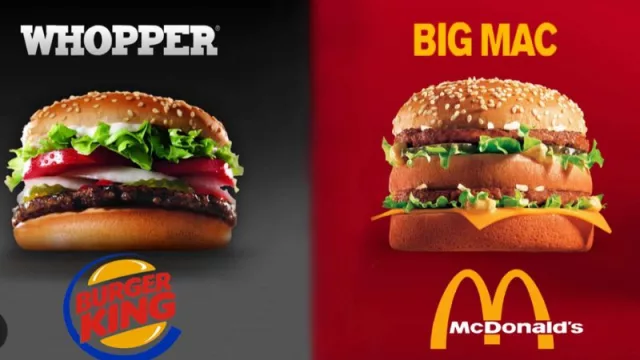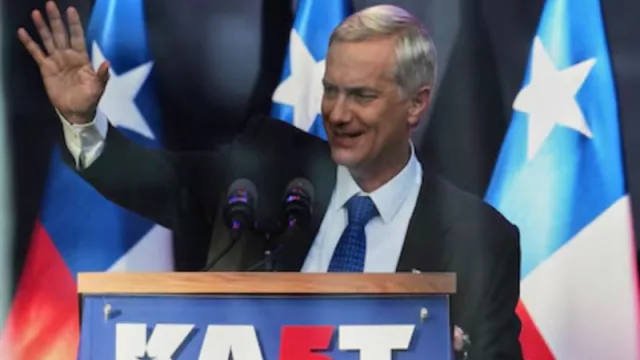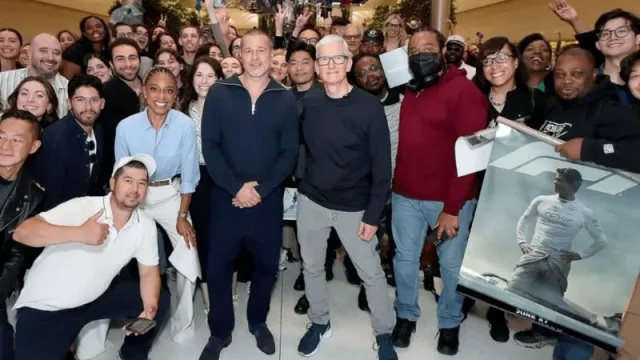Creating Competition Hubs: Shaping the Landscape
Ever wondered why competition hubs have the power to reshape a place's identity? Why do many countries miss the vital role of generating clusters for development? How does the creation of large-scale areas, like Miami, impact the macroeconomy?
Quick Explanation:
-
Game Theory, pioneered by mathematicians like John von Neumann and Oskar Morgenstern, dives into optimal strategies in scenarios where one person's choices affect others'. In the context of competition clustering, this theory becomes supremely relevant. Businesses must consider not just their own choices, but also how these choices influence their competitors' strategies.
-
A pivotal concept in Game Theory is the Nash Equilibrium. Proposed by mathematician John Nash, this concept depicts a situation where no player has an incentive to alter their strategy, given they know their opponents' strategies. Applied to the clustering of competition, this implies that if several businesses opt for a location near their competitors, it's unlikely any would decide to move since none would gain a substantial advantage by doing so. This equilibrium might lead to a concentration of competitors in a specific area, beneficial for visibility and customer access, but it can also spark intense rivalry.
In Miami's case, a constantly growing business hub that draws various industries, Game Theory and the Nash Equilibrium offer valuable insights. The strategic placement of businesses in neighborhoods like Brickell, Wynwood, or the Design District doesn't solely depend on area characteristics but also on competitors' decisions. Delving into these dynamics can shape decisions to maximize success potential.
In the modern context, recent research and articles continue to explore how Game Theory and Nash Equilibrium apply to competition clustering. Resources such as S. Anderson and R. Engers' (2000) "Spatial Competition and Equilibrium Locations" and H. Bohm's (2013) "Hotelling's Location Model" provide deep analyses of these dynamics in the fields of economics and geography.
Game Theory and Nash Equilibrium offer an intriguing lens to comprehend how businesses strategize their location in competitive Miami. With focus on optimal strategies and competitors' reactions, these theories illuminate the competition clustering process and how equilibrium can shape the business landscape of an ever-evolving city.
References:
Anderson, S., & Engers, M. (2000). "Spatial Competition and Equilibrium Locations." Econometrica, 68(3), 579-604.
Bohm, H. (2013). "Hotelling's Location Model." Handbook of Regional and Urban Economics, 4, 159-196.
Unveiling the Nash Equilibrium: Steps for Practical Application
Grasp the Basics of Game Theory
-
Game Theory delves into strategic decisions where one's choices affect others. In business location, it examines how a company's choices influence its competitors.
Discover the Nash Equilibrium
-
The Nash Equilibrium is reached when no business would shift its location, as they are aware of each other's choices. This can lead to business concentration in an area, even if competitors are nearby.
Investigate Your Competitors
-
Analyze where your competitors are situated in Miami. If they're close, they might be in a Nash Equilibrium. Consider if moving could be advantageous or not.
Weigh Pros and Cons
-
Decide if proximity to competitors benefits you with more visibility or if it could lead to fierce rivalry. Weigh the pros and cons before deciding.
Seek Success Stories
-
Companies like Starbucks and Dunkin' have successfully employed proximity strategies. For instance, spotting a Starbucks might mean a nearby Dunkin'.
Dive into Relevant Articles
-
Explore "Spatial Competition and Equilibrium Locations" by S. Anderson and R. Engers (2000) and "Hotelling's Location Model" by H. Bohm (2013) for in-depth insights.
Learn from Experience
-
Fast food chains and cafes have applied the Nash Equilibrium. Study their gains and adapt these principles to your Miami business.
Make Strategic Choices
-
Know your options and Miami's context. If the Nash Equilibrium works in your favor, consider locations near competitors.
In our next piece, we'll explain how this operates with more than two competitors... Stay tuned!












Tu opinión enriquece este artículo: